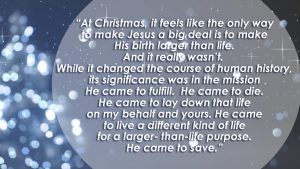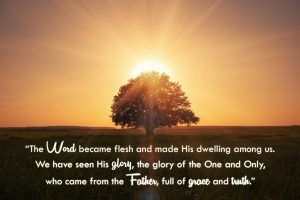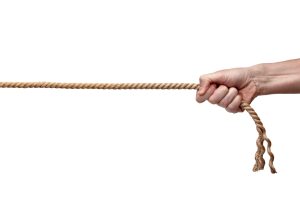the one who mends
I had the opportunity to be part of a Kintsugi workshop this past weekend. I was familiar with the concept of Kintsugi: a Japanese technique for mending broken ceramics that highlights the cracks and fissures with gold, thereby creating a new piece with more value and meaning than the old. What surprised me about the workshop was that knowing about the craft and participating in the process are two different things. This shouldn’t have surprised me. I know it is true in all sorts of realms, in relationships and in faith in particular. Knowing about my husband isn’t the same as sitting down to dinner with him. Knowing about God is not the same as experiencing God.
It’s true with Kintsugi, too. Reading N.T. Wright’s description of the art is enough to get us interested. He writes, “This powerful image (of Kintsugi) is then applied more widely, to human lives, to the life of the whole world. From broken teacups to broken lives and broken societies – mending is part of making, and making reflects and embodies God’s redemptive purposes.” The parallels between Kintsugi and what we hope for in life with God (and in the counseling room!) are clear. We find ourselves broken and chipped by life in a fallen world. God is able to see our sinfulness, gently and carefully mend us and give us new life and meaning.
The workshop began with each participant sharing with the group the broken pieces they brought to work on. There were favorite mugs that had fallen to the floor, grandmother’s plates that hung in the kitchen growing up, a sentimental box that held jewelry. I brought a lamb from an old nativity set, her ear and one leg broken off. Nothing was outwardly special about the pieces, but as we listened to each other’s stories about where they came from and how they arrived here, the significance became clear.

Before we were allowed to start the mending process, the instructor encouraged us to “behold the brokenness.” We felt the rough edges of broken pottery. Some projects looked like they’d go back together seamlessly while some looked hopelessly shattered, beyond the ability of a Kintsugi novice. This is a step I’m quick to pass over in life. I’d prefer to toss out the broken pieces or shove them in a drawer for later. Our consumer culture is the same. We replace and ignore broken things and broken people rather than taking time to behold, get curious about the story, or simply grieve the loss.
Predictably, I was ready to move on to fixing! I learned, however, that there is a subtle but important difference between fixing and the Kintsugi art of mending. Fixing implies restoring a piece to its original use and appearance. Mending can be slow and deliberate. It can be creative and playful. A piece may not look or function the same way it did before. It can be made beautiful, perhaps with a new look or use. The purpose was not to make my nativity lamb fresh-out-of-the-box perfect, but to bring out the beauty in her imperfection, even highlight her scars.
We started the process with glue and putty, trying to be patient holding the pieces together then sanding the rough edges. Sometimes things came together and held, sometimes a piece was missing and a hole remained. Either way, the best part came next. With tiny brushes and shaky hands, we traced the fissures, cracks, and raw edges with gold paint and dusted the wet paint with metallic copper dust. The result is beautiful- a broken vessel held together by veins of gold. The cracks are no longer flaws, they are rivers of sparkling gold that celebrate the wear and tear of life.
My nativity lamb stands on all four legs again watching me type this morning. Because of the time and care I spent with her, she is precious to me. I hope the golden scars on her ear and leg will remind me of what God has done and is doing in me. His tender mending of my broken places may not happen in the manner or timing I choose, but He is at work in me and that gives me comfort. The hours I spent in the practice of Kintsugi help draw my attention to the wounds I feel and the ones I see around me. I feel a new tenderness towards brokenness and longing for the One who mends.
 Caroline Chambers joined The Barnabas Center Residency Program in the fall of 2020. She earned her undergraduate degree at Wake Forest University and a Masters in Counseling at Gordon-Conwell Theological Seminary in Massachusetts in 2002. She lives with her husband, Matt, and their three children. Over the years, Caroline has been blessed by being part of many different faith communities, leading and participating in women’s Bible studies and Spiritual Formation groups. She also enjoys running, yoga, and a good novel.
Caroline Chambers joined The Barnabas Center Residency Program in the fall of 2020. She earned her undergraduate degree at Wake Forest University and a Masters in Counseling at Gordon-Conwell Theological Seminary in Massachusetts in 2002. She lives with her husband, Matt, and their three children. Over the years, Caroline has been blessed by being part of many different faith communities, leading and participating in women’s Bible studies and Spiritual Formation groups. She also enjoys running, yoga, and a good novel.




